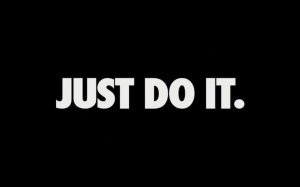I don’t know where that time has gone or what I did with it – but it feels like I never left University or had a Summer break. Not sure if that is a good thing or a bad thing yet…
Just completed the first week of the year and I am feeling mixed emotions – a huge sense of excitement to get started on projects, a little bit of fear on whether I can balance work and University and a bit of confusion. On a whole, I think these are all normal feelings.
My first year felt like a bit of a test run – to get my bearings, really. I don’t think I made the most of it though. I want to say I did – but I don’t think I used the course to my advantage. This year, I want to change things up a little bit. I want to push myself creatively – experiment and have fun with what I make and what I do. I think last year I was stuck in the VCE mode – getting the best marks possible and following a criteria. From the Sumer break, which I’m sure I had, I realised that, yes I want to get good marks but more than that, I really want to make the most out of what is on offer. I want to see what I can do and see the real reason why I chose this course.
I want to challenge myself but more than that – I want to truly find out what I can do and what I can make. I am capable of more, I know that, I just need to do it. I need to stop procrastinating and start to put 100% into everything I do.
So, I am going to stick with Nike’s advice –

and do it well…
